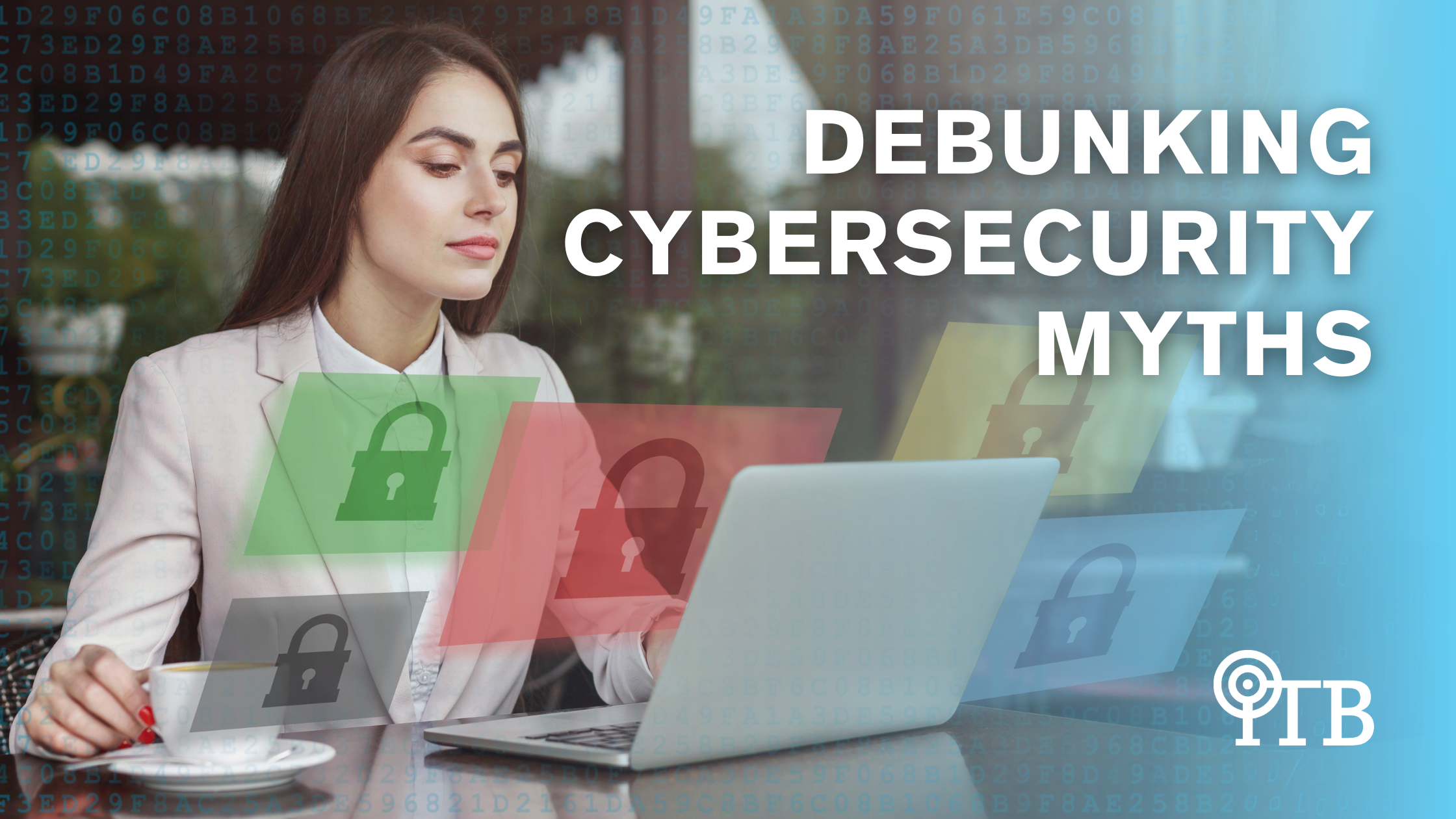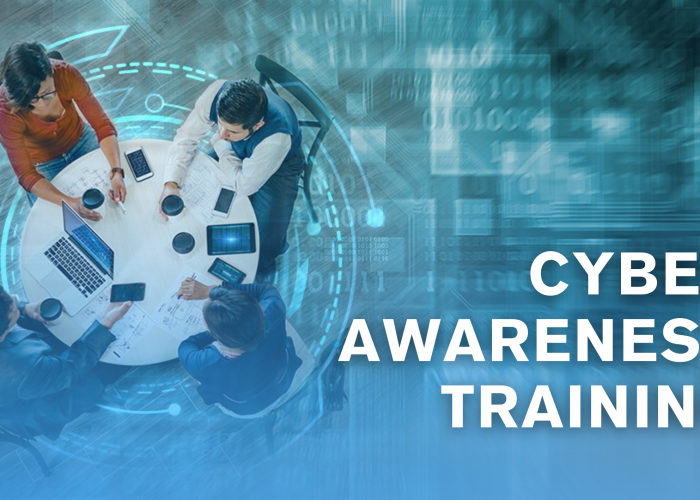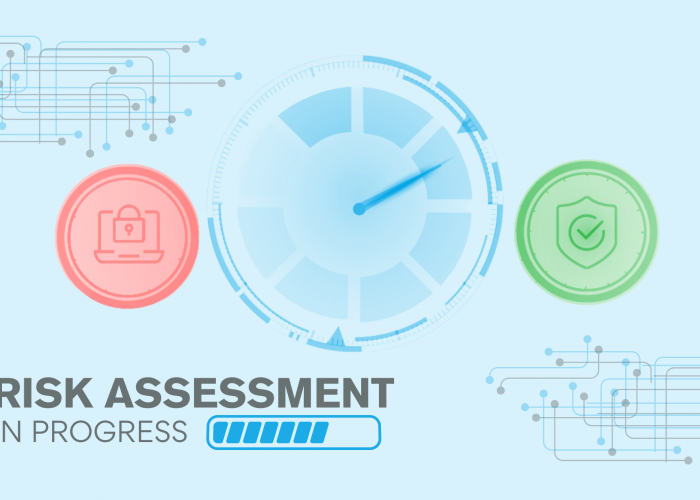Cybersecurity is frequently misunderstood, leading to a dangerous false sense of security, misallocated resources, and unaddressed threats. That’s why it’s crucial address some of the most common cybersecurity myths and set the record straight. Let’s dig in!
Myth #1: Small Businesses Aren’t Targets
Reality check: One of the biggest cybersecurity myths is that cybercriminals often target small businesses precisely because they assume they’re not on the radar. According to the 2020 Verizon Data Breach Investigations Report, 28% of data breaches involved small businesses. Lacking robust defenses, these businesses can become easy prey for hackers looking to steal sensitive data or disrupt operations.
The size of your organization can make you more appealing, not less. In cybercriminals’ eyes, small businesses often lack the layers of defense that larger companies possess, making it easier for them to breach systems, steal sensitive data, and wreak havoc. Don’t let your business become the next easy catch. Invest in comprehensive cybersecurity measures to protect your data, reputation, and future.
Myth #2: More Tools Mean Better Cybersecurity
Truth: Cybersecurity isn’t a numbers game — it’s about strategy. In the quest to protect your business, it’s easy to fall into the trap of thinking more options are always better. Additional tools and software must mean more security, right? Unfortunately, that’s not quite the case. Focus on building a cohesive security strategy that addresses your specific risks rather than a hodgepodge of tools that may overlap or conflict.
Myth #3: We Don’t Need Outside Help with Our Cybersecurity
Truth: The digital landscape evolves constantly, and new threats emerge each day. This can leave your business vulnerable to sophisticated attacks that overwhelm your internal resources. Even the most skilled in-house IT teams can benefit from the expertise and insights of experienced cybersecurity professionals. Partnering with external experts doesn’t mean you admit defeat; it means you’re strengthening your defenses. Specialists like us can bring fresh perspectives, the latest knowledge about emerging threats, and a wealth of experience to secure your business.

Myth #4: Cybersecurity is a One-Time Investment
Truth: The cyber ecosystem is like a moving target. You can’t define it with certainty because it changes at a breakneck pace. Therefore, your cybersecurity strategy must evolve as well. Don’t fall into the trap of thinking that your work is done once you’ve implemented cybersecurity measures. Ongoing vigilance and adaptation are essential for maintaining a robust security posture. Invest in regular reviews of your security policies, keep your software and systems up-to-date, and continue to educate your employees about best practices.
Myth #5: Changing Passwords Frequently is Enough
Truth: Regularly changing passwords is crucial, but it’s far from a complete cybersecurity strategy. Cybercriminals are becoming increasingly sophisticated and use advanced techniques like phishing, social engineering, and brute force attacks to bypass password protection mechanisms. A strong cybersecurity framework requires multiple layers of defense. Multi-factor authentication, encryption, regular software updates, and employee training are all essential elements that protect your business from various threats.
Myth #6: Compliance Equals Security
Truth: Compliance standards are designed to set a security baseline, but they often don’t go far enough. They may tell you what to do but not how to do it effectively. Simply ticking the compliance boxes doesn’t mean your business is secure. To fully protect your business, you must implement robust security practices that address your specific risks and vulnerabilities. This means going beyond compliance to develop a proactive security framework tailored to your organization’s needs.
Myth #7: Phishing Scams are Always Obvious and Easy to Spot
Truth: Gone are the days of just worrying about poorly spelled emails from unknown senders. Today’s phishing attacks are much more sophisticated, targeted, and deceptive. According to a report by Symantec, one in every 3,722 emails in the U.S. is a phishing attempt. Much like an iceberg, they hide their tricks beneath the surface, exploiting trust, urgency, and our natural tendency to respond quickly to important messages. That’s why it’s more important than ever to stay vigilant. Train your employees to recognize subtle signs of phishing and implement email security solutions that flag suspicious messages before they reach your inbox.

Myth #8: Cybersecurity is Solely IT’s Responsibility
Truth: In many organizations, there’s a dangerous misconception that cybersecurity is something that only the IT team should worry about. However, the truth is that every employee, from the CEO to the newest intern, plays a role in keeping your business safe from cyberthreats. When all employees in an organization know security best practices, the risk of a breach can be significantly reduced. Empower your team with the knowledge and tools to become cybersecurity champions. Conduct regular training sessions, encourage open communication about potential threats, and foster a culture of vigilance and responsibility.
Myth #9: We are in the Cloud, So We’re Safe
Truth: Just because your data is in the cloud doesn’t mean it’s immune to attacks. While cloud computing is a powerful tool that is flexible, scalable, and convenient, it introduces a set of security challenges that must be addressed. Data breaches, misconfigurations, and unauthorized access are just a few of the associated risks. It’s easy to assume that your cloud provider handles everything; nevertheless, you’re still responsible for securing your data. Don’t let a false sense of security cloud your judgment. Implement robust security measures to protect your data in the cloud and on-site.
Myth #10: Cybersecurity is Too Expensive
Truth: A data breach can have devastating consequences and that’s not part of the cybersecurity myths; it’s a fact. From lost revenue to damaged customer trust, the impact of a cyberattack can be felt for years. Investing in cybersecurity is like buying peace of mind; it’s a proactive measure to better protect your business from a breach’s unpredictable and potentially catastrophic consequences. According to IBM, the average cost of a data breach in 2020 was $3.86 million. Cybersecurity doesn’t have to break your bank, either. There are scalable solutions that can be tailored to your needs and budget.
By dispelling these cybersecurity myths, we can create a more secure digital environment for businesses of all sizes. Stay informed, stay vigilant, and always prioritize a comprehensive approach to cybersecurity to protect your business.
Have any other myths you would like to debunk? Discuss with the experts by contacting us today or email us at info@itblueprint.ca





